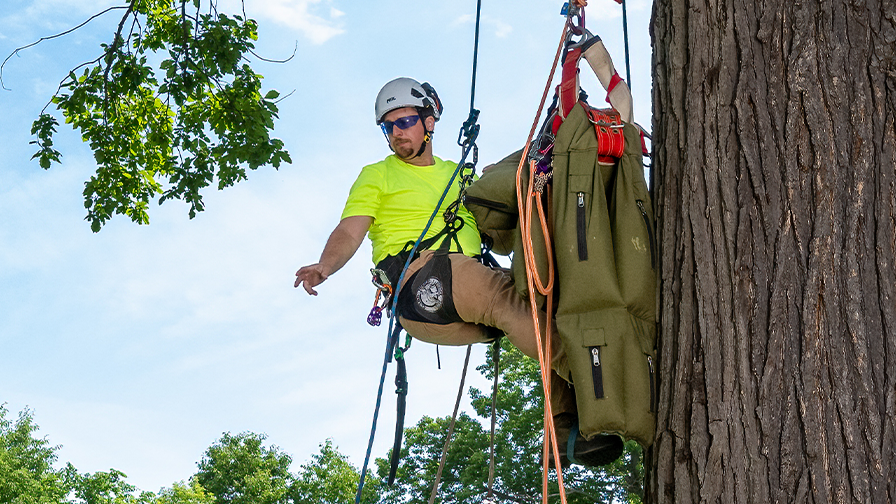Five-Minute Meeting: Aerial Rescue
Five-Minute Meeting: Aerial Rescue
Accidents happen while we work, so we must prepare for them as best we can and practice aerial rescues to stay organized and be prepared.
In our industry, we do everything we can to prevent accidents. Until we reach a point where our tools, techniques, and human elements are perfect, we must prepare for the worst. In many cases, crew members are the only ones who can rescue a worker who is aloft and injured or otherwise unresponsive.
Practicing a rescue is one way we can ready ourselves, and some of the best practice is mental. We must think: If the climber were hurt, what would be my first move?
If we have a set of techniques at hand, we can perform the best possible rescue. Being practiced and organized is the only way.
Each crew member should have cardiopulmonary resuscitation (CPR) training from a reputable source to help make good and informed decisions.
Sometimes, preparation is as simple as installing another rope near the climber’s rope in the tree while we trim. This “rescue line” is installed as high as the climber’s own, if possible. The same American National Standards Institute (ANSI) Z133 protocols apply – the rope is positioned so it swings a climber away from the lines. Choose either a main stem crotch or an appropriate section of that stem, using a friction saver. A foreman can choose a tree and practice a situation once a week, talking the ground workers through their roles. Sometimes, effective practice is using the heavy rope bag to problem solve by setting it in a five- to six-foot-high crotch and retrieving it as though the bag were a human.
Accidents which require a rescue may be simple, such as a deep or bloody cut, or a crushing injury. Crushing or bleeding injuries and some broken bones can be held firmly by a conscious, lucid climber. Rescues may involve voice contact between the rescuer and the climber, in which the rescuer watches and helps the climber lower themselves, to rescuing a fully unconscious climber who has been shocked and cannot tell you the extent of their injury.
It is important to first make sure that there is no electrical hazard or line touching the tree. As bad as the situation might be, we can make it worse and become the victim ourselves if we rush in without assessing the situation effectively. Careful assessment of both the environment and the injury is key. The first step in an aerial rescue is to determine whether it is safe to climb the tree or a nearby tree to perform the rescue. Was the climber shocked? Sometimes, they cannot verbally respond; we must search and enlist others to check and see if lines are touching the tree or have fallen into contact. This is difficult to check, especially in steep terrain, but it is absolutely necessary.
Appoint one crew member by loudly saying, “YOU, CALL 911!” They will contact emergency services and explain that a climber is in the tree, hurt, and he needs a high-angle rescue. We say this even if we think we can get the worker down safely. This person will also give directions and an address, and in right-of-way situations, they may have to quickly move out to the road’s end to meet emergency medical services (EMS). Part of this call training is to never hang up first on 911. Stay on the line until the dial tone.
When the way is clear and emergency services are on the way, and we can see that there is no widow-maker or electrical line in proximity to our climb, it is time to get to the victim. Set a line or spur up and preferably tie in a little above the climber in order to lift or swing them to where they can be lowered safely. We may get ground crew members to assist by pulling on the tail of our climb line or on the victim’s climb line. Anything to speed up this process is a good idea, such as grabbing a nearby ladder or calling an aerial lift to aid us.
Nothing should get in the way of your attempting a safe and quick rescue, whether it is a climb or bucket lowering from the ground controls. When we reach the victim in the tree, the first step is to check their climbing system for possible damage. If the system is compromised, we need to affix them to our own system and cut or disentangle them from the defunct system.
We need to try and communicate with the victim to reassure them, regardless of whether the victim is conscious. If the victim is unresponsive, or if the victim is responsive and does not appear to have a spinal injury, we must immediately get them to the ground. We do not diagnose injuries or render aid while in the tree. If necessary, we can enlist ground personnel in helping to lift the climber by installing a line or using the victim’s own climb line to help get them out of a stuck or wedged position. Remember: an unconscious climber cannot help, so we must plan accordingly.
A simple rescue can be done by making sure that the ground crew has taken a wrap with the victim’s rope on the tree, then cutting or un-fastening the climber’s friction knot and guiding them down while the ground person lowers.
Another popular rescue to practice is attaching your climb lanyard around and under the arm of the victim. This way, you can work both your friction knots to move down. Ground crews should assist in laying the person down gently, then follow the CPR CAB acronym: compressions first, followed by the clearing of the airway and rescue breaths, according to the American Journal of Nursing.
Related Articles
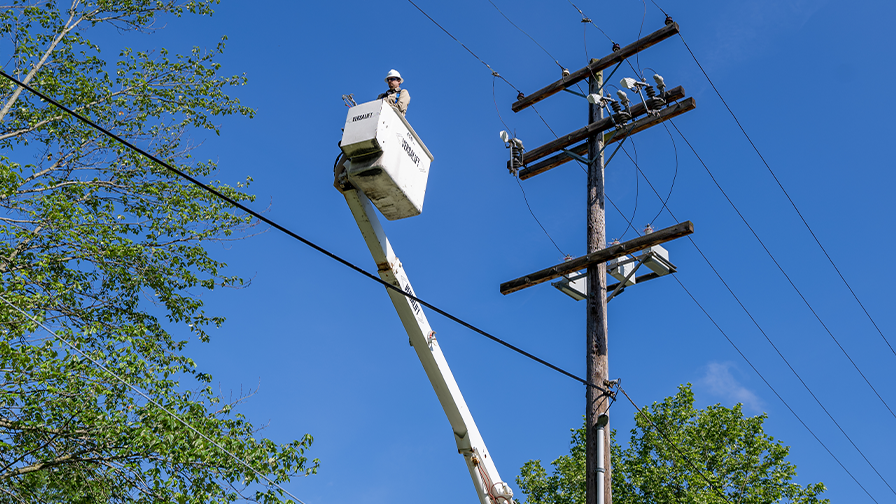
Five-Minute Meeting: Working Around Secondary Wires and Low Voltage Lines Though the American National Standards Institute (ANSI) Z133 allows us to “avoid contact” with secondary lines or those under 750 volts, we need to exercise caution around these lines because they carry lethal voltage. Secondaries have lower voltage than primaries. We can distinguish them by[...]
Read More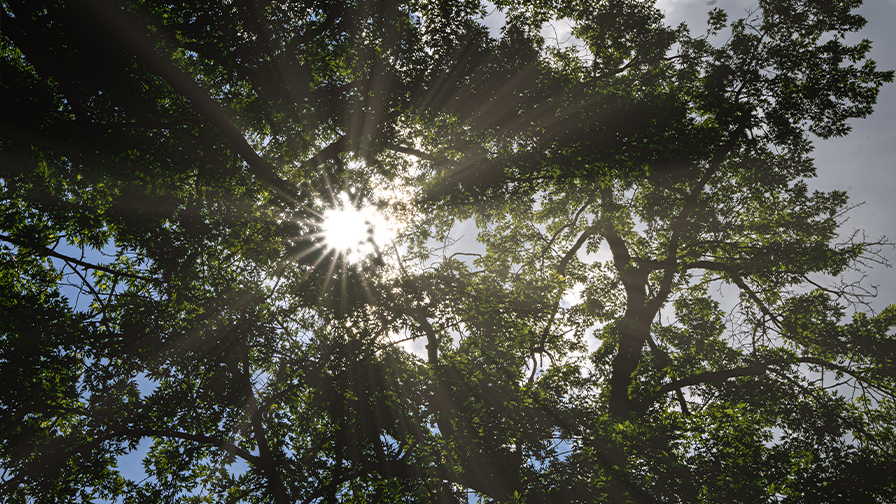
Five-Minute Meeting: Working Overhang When conducting pruning operations, even for small branches, the best practice is to remove branches in a “total branch control” manner using ropes or by reducing the size of the branch you are cutting into a much smaller piece. In a weekly kick-off safety meeting, a utility noted a situation that[...]
Read More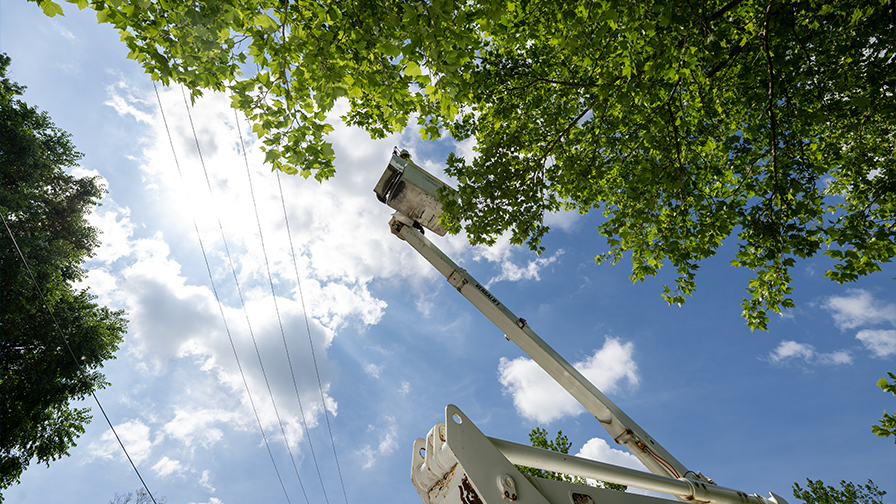
Aerial lifts cannot touch energized lines and arborists must be aware of minimum approach distance (MAD). Learn more.
Read More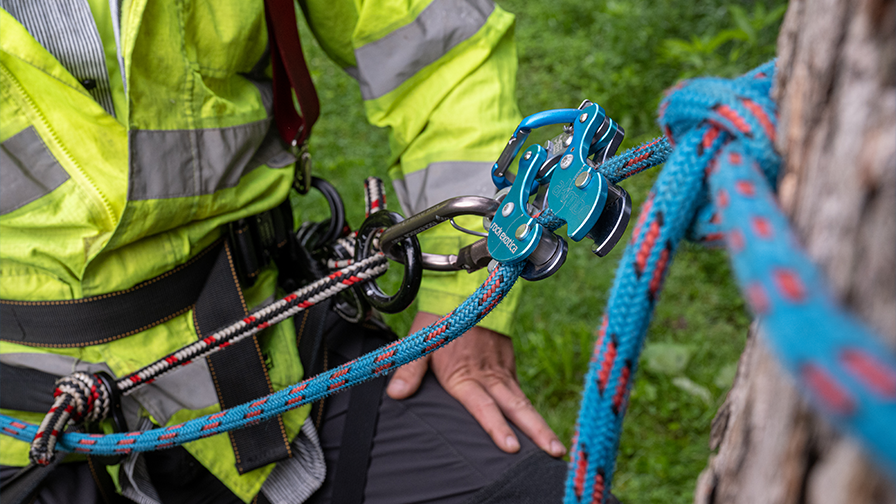
Wear, tear, and other damage to equipment can present safety hazards in the field. Equipment maintenance can prevent these safety hazards from arising and is essential for continued safe work with that equipment.
Read MoreSUBSCRIBE
Subscribe to our mailing list to receive updates.
Categories
Recent Posts
- How-To: Learning Knot Basics 02th Aug 2018
- How-To: Tying a Stopper knot 07th Aug 2018
- How-To: Selecting the Right Safety Vest 21th Aug 2018
- How-To: Tying a Slip Knot 04th Sep 2018
- How-To: Inspecting Your Snaps 18th Sep 2018
Training the Next Generation
All our classes are built on industry safety practices. Ready to start learning?
